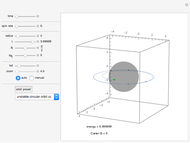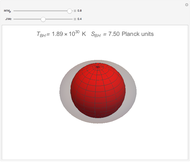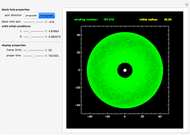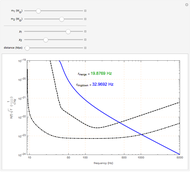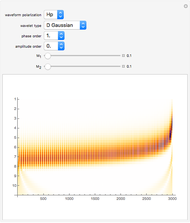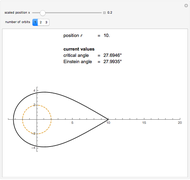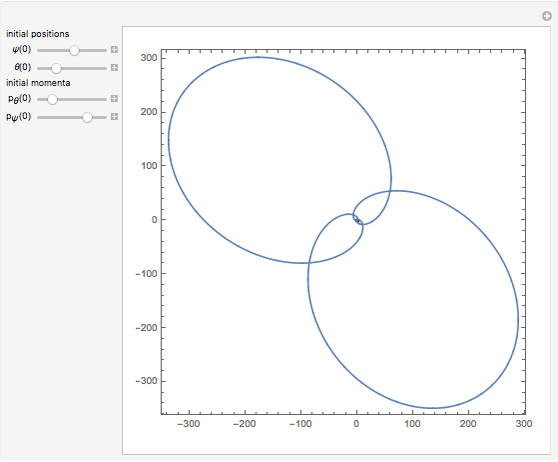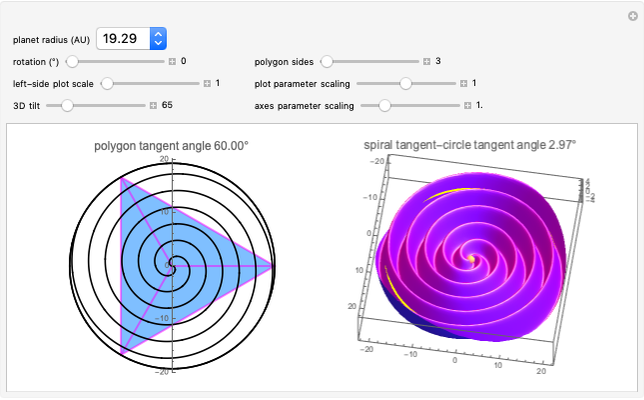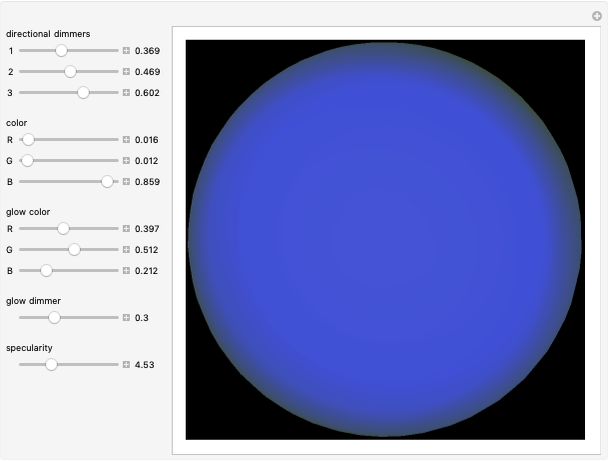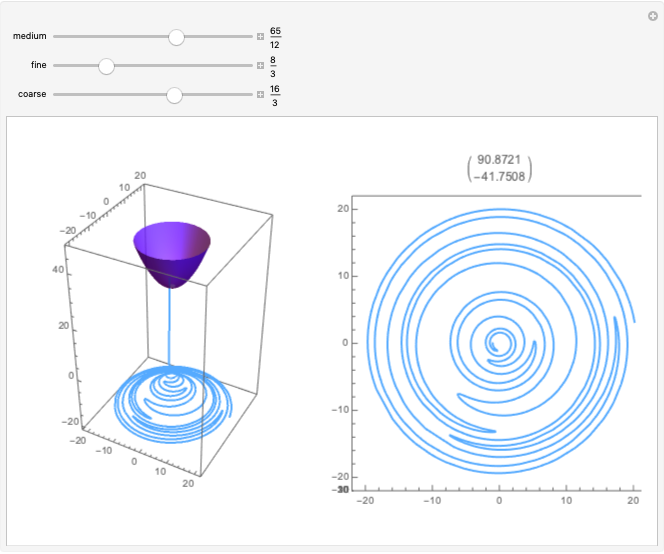Exploring the Event Horizon Shadow of a Black Hole

Requires a Wolfram Notebook System
Interact on desktop, mobile and cloud with the free Wolfram Player or other Wolfram Language products.
The Event Horizon Telescope is a very long baseline array interferometer constructed to produce the first ever images of supermassive black holes, such as the black hole predicted to occupy the center of the M87 galaxy (M87*) [1]. Images of M87* reveal a dark shadow, which is in agreement with predictions of general relativity. The geometry of the black hole shadow contains a wealth of information. For example, luminous crescent shapes may indicate the presence of rotating plasma undergoing a relativistic Doppler shift. A thin circle is consistent with a bare, spherical black hole without an accretion disk [2]. This Demonstration explores various black hole shadow geometries using an exponential function as the innermost argument of a Möbius-like fractional transformation function. The real axis is horizontal and the imaginary axis is vertical. Möbius transformations produce nested circle and arc shapes that are useful for simulating centroid displacements.
Contributed by: Alexandra L. Brosius (May 2021)
Open content licensed under CC BY-NC-SA
Snapshots
Details
References
[1] The Event Horizon Telescope Collaboration, et al., "First M87 Event Horizon Telescope Results. I. The Shadow of the Supermassive Black Hole," The Astrophysical Journal Letters, 875(1), 2019 875:L1. doi:10.3847/2041-8213/ab0ec7.
[2] J.-P. Luminet, "Image of a Spherical Black Hole with a Thin Accretion Disk," Astronomy & Astrophysics, 75, 1979 pp. 228–235. ui.adsabs.harvard.edu/abs/1979A %26 A....75..228L/abstract.
Permanent Citation






